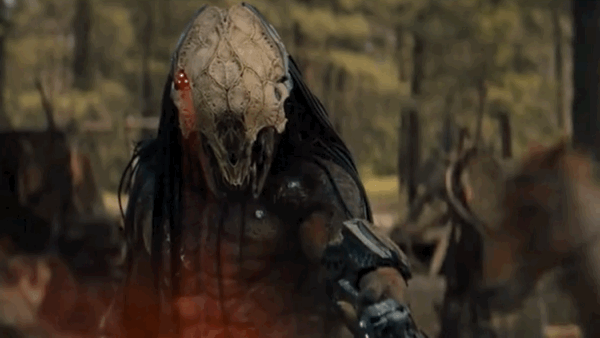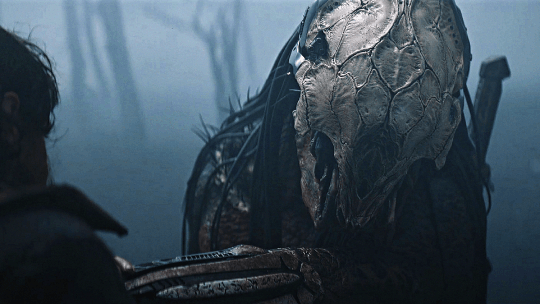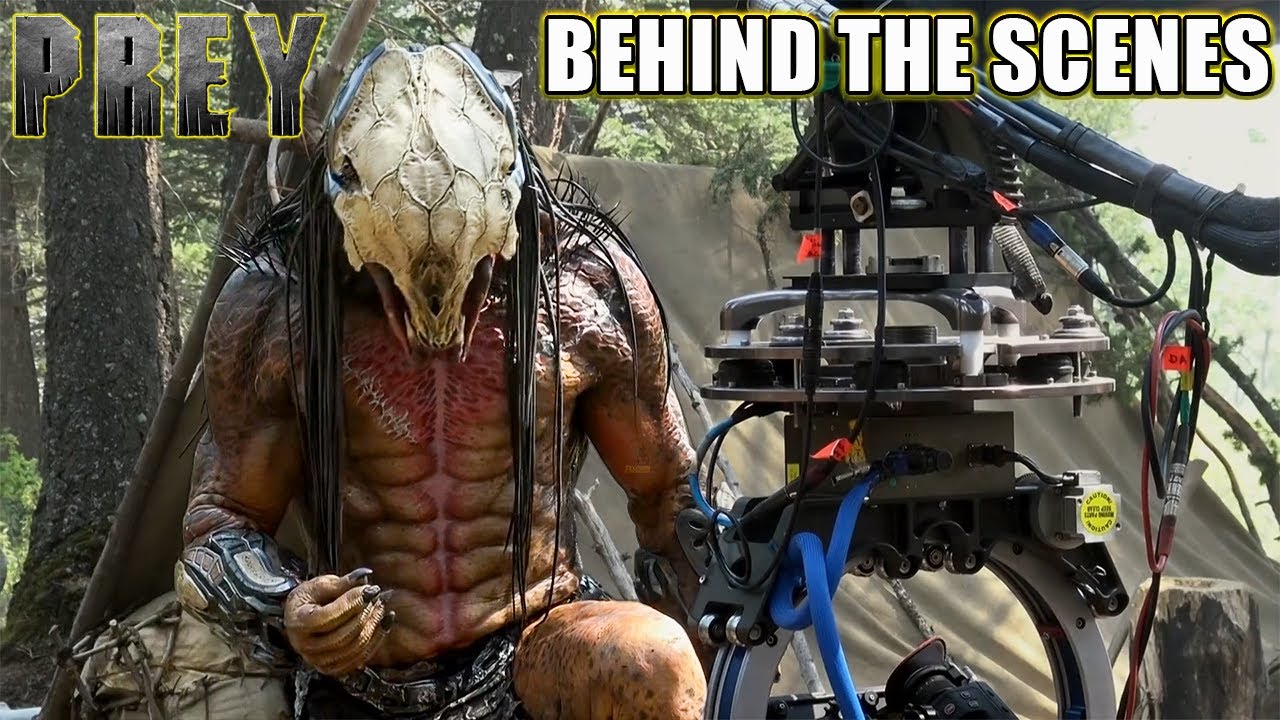Uncovering the intricate making of Prey, a fusion of unity, authenticity, and spine-tingling Predators in an epic cinematic journey.
The making of a movie often unveils the intricate web of talent and dedication woven behind the scenes. Prey, a 2022 film directed by Dan Trachtenberg, is no exception. As we delve into the behind-the-scenes secrets of this thrilling production, we uncover the incredible teamwork, cultural authenticity, and technical marvels that brought this movie to life.
Collaborative Filmmaking

Dan Trachtenberg, the mastermind behind Prey, shares his vision of unity in filmmaking.
In every department there were Native American or First Nation crew members so we were all making the movie together.
This collaborative spirit set the tone for a remarkable project.
Prey is the fifth film in the Predator series and the seventh in the franchise, making it a standout entry. Trachtenberg and screenwriter Patrick Aison have been working on the concept since 2016. This ambitious endeavor was fast-tracked by 20th Century Studios Production president Emma Watts.
Authenticity and Technical Marvels

Amber Midthunder, who plays Naru, the film’s fierce protagonist, sheds light on her rigorous training routine.
So I start most days with a personal trainer and then I work with Stephen McMichaels, our stunt coordinator, and J.J. Park, our fight choreographer.
Her dedication to physical preparation is evident in her portrayal of Naru.
The use of horses in the film brings an extra layer of authenticity. Jhane Myers, the producer of the film emphasizes the historical significance.
When I first read the script, there were no horses. We were one of the first tribes to have horses, and that’s what made us so powerful because we were mobile.
Kevin Starblanket, the indigenous trainer, played a pivotal role in preparing the cast and crew for their Comanche warrior roles. He explains,
My role is to build a team amongst the stunt doubles as well as the actual crew themselves and the cast along the lines of teaching them how to move, how to use their weapons, and how things were done traditionally.
Technical Artistry and the Future of the Franchise

The cinematography by Jeff Cutter captures the vast Canadian landscapes in anamorphic format, preserving a naturalistic approach with minimal artificial lighting. Trachtenberg acknowledges Cutter’s contribution, saying,
Jeff Cutter is a cinematographer I work with a bunch who is very much a huge part of my creative process.
To further enhance the authenticity of the film, the production team relied on torches and soft, low underexposed blue lighting to replicate moonlight in night scenes. The attention to detail is clear, even in the choice of period-accurate toothbrushes.
Alec Gillis and Tom Woodruff Jr. of ADI (Amalgamated Dynamics) brought the creatures in Prey to life. Trachtenberg notes,
They did all the creature stuff in this movie, so the way it moves, and its facial design feels like it’s not the exact one we’ve seen. It’s got its own identity, maybe it’s from another hemisphere of the same planet.
Despite the challenges, the film’s authenticity and dedication to detail are evident in every frame. Myers sums up the experience.
The first time that the Predator actually showed up in costume on set, he took everybody by surprise, which the Predator often does, but everybody just applauded because it was just an amazing thing to see him walking out in the middle of the woods.
Prey is a testament to the power of collaboration, dedication to cultural authenticity, and the artistry that goes into creating a thrilling cinematic experience. As Dan Trachtenberg aptly concludes,
There are a lot of exciting ideas for what could be next in the franchise.
The legacy of “Prey” is sure to endure in the annals of film history.
